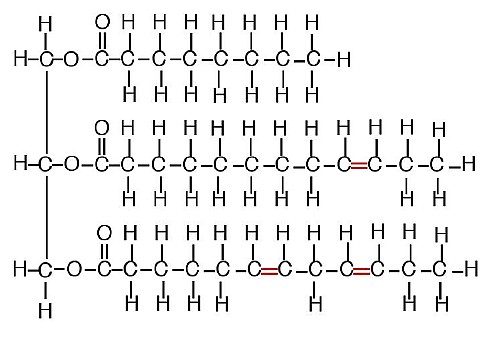 A TRIGLYCERIDE |
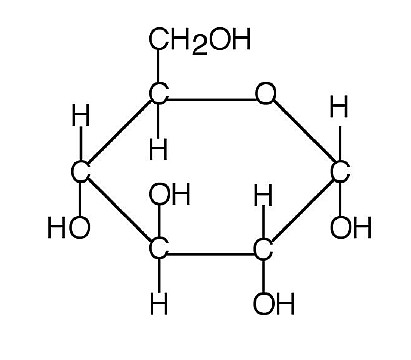 GLUCOSE |
|
What 4 substances are in all 3 lipoproteins? Watch the following Video Clip to answer this one. |
|
Continue filling out your
lecture outline for Chapter 5 for the following:
III
Lipoproteins
II
Where do lipids come from?Plants make triglycerides and phospholipids from fragments of glucose. Plants make sterols, but do NOT make cholesterol because they don't need cholesterol. They need sterols, just not cholesterol. Animals make triglycerides from fragments of carbohydrates, proteins or fats. Animals can make cholesterol from saturated fatty acids, and carbohydrates. Humans make all of the fatty acids they need except 2 called the EFAs (essential fatty acids). Can you remember from the first part of this lecture which of the following are considered EFAS? Click here if Linoleic is an EFA. Click here if Linolenic is and EFA. Click here if EPA and DHA
are EFAs. |
 A TRIGLYCERIDE |
 GLUCOSE |
|
What 4 substances are in all 3 lipoproteins? Watch the following Video Clip to answer this one. |
| Video
Clip: Lipoproteins approximately 6 minutes |
|
| Video
Clip: Lipids and Heart Health approximately 5 minutes |
Saturated fat in the diet usually has a bigger effect on
someone's risk of heart disease than does the actual cholesterol in the
diet, because when you take in more dietary cholesterol the body synthesizes
less. The saturated fat is used by the body to make
cholesterol, and it also impacts increasing LDL levles which can
contribute plaque along artery walls and obstruct blood flow. 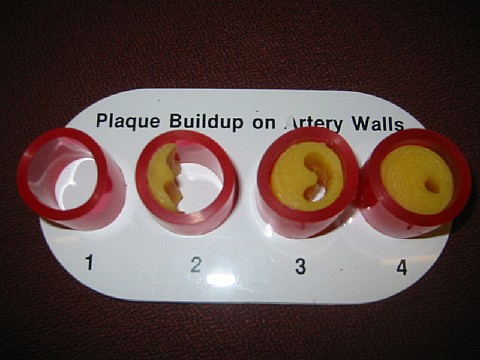 Something that can contribute to the obstruction is damage to the lining of the blood vessels, which can happen due to a variety of reasons, including smoking. When the lining of the heart artery is damaged, small blood particles called platelets accumulate causing reduced blood flow and a heart attack. 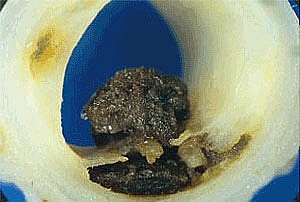 |
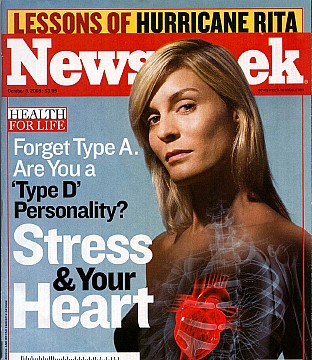 |
The Harvard Mental Health Letter says that people with a set of traits known as the Type D (“distressed”) personality suffer from a high degree of emotional distress, but they consciously suppress their feelings. |
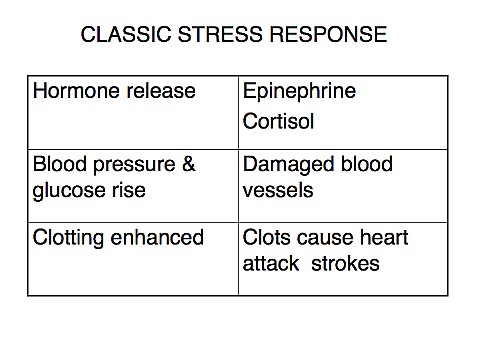 |
Correct Linoleic and Linolenic fatty acids are considered essential fatty acids (EFA's).
Click Here to return to Lecture.
Incorrect. EPA and DHA are not considered essential fatty acids (EFAs). They can be synthesized from linolenic.
Click here to return to lecture.
Correct. Both saturated and trans fat can increase LDL levels.
Click here to return to Lecture.
Incorrect. Unsaturated fats actually lower LDL levels.
Click here to return to lecture.